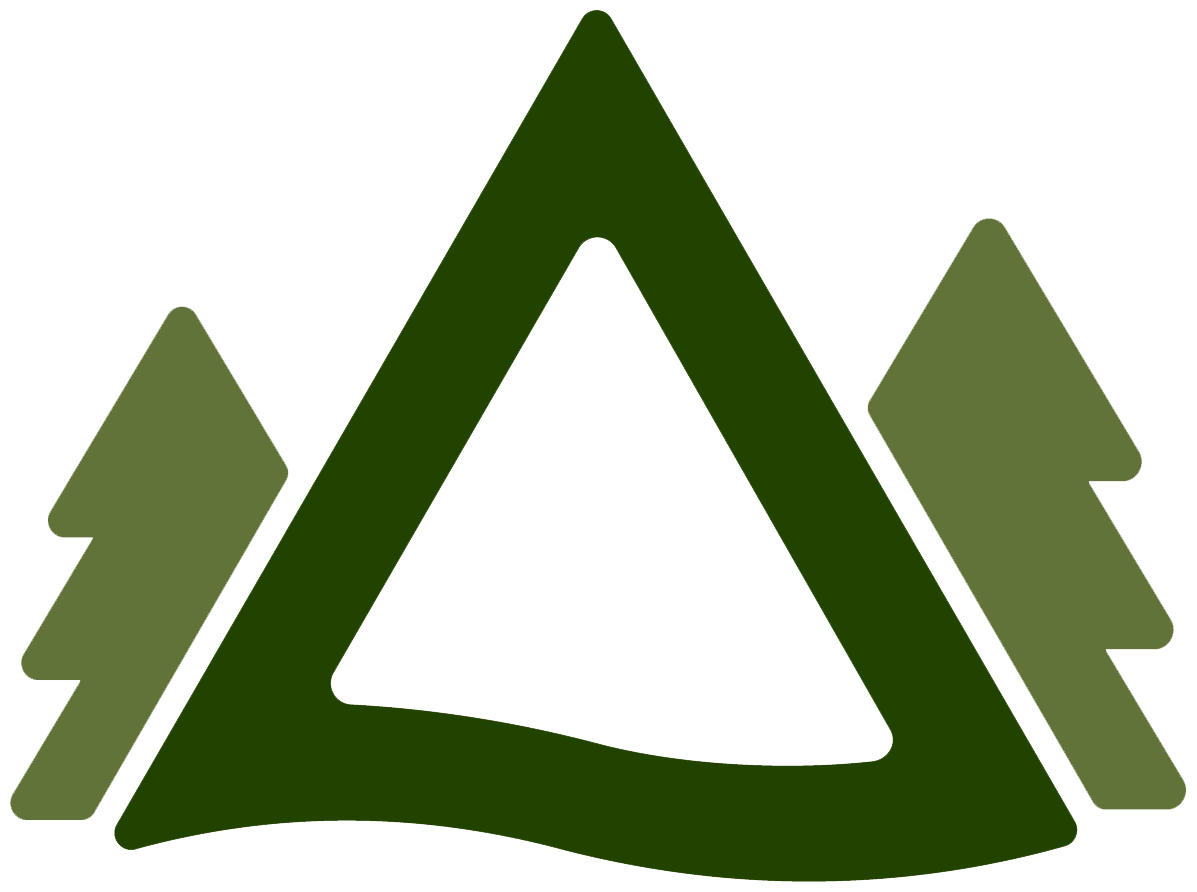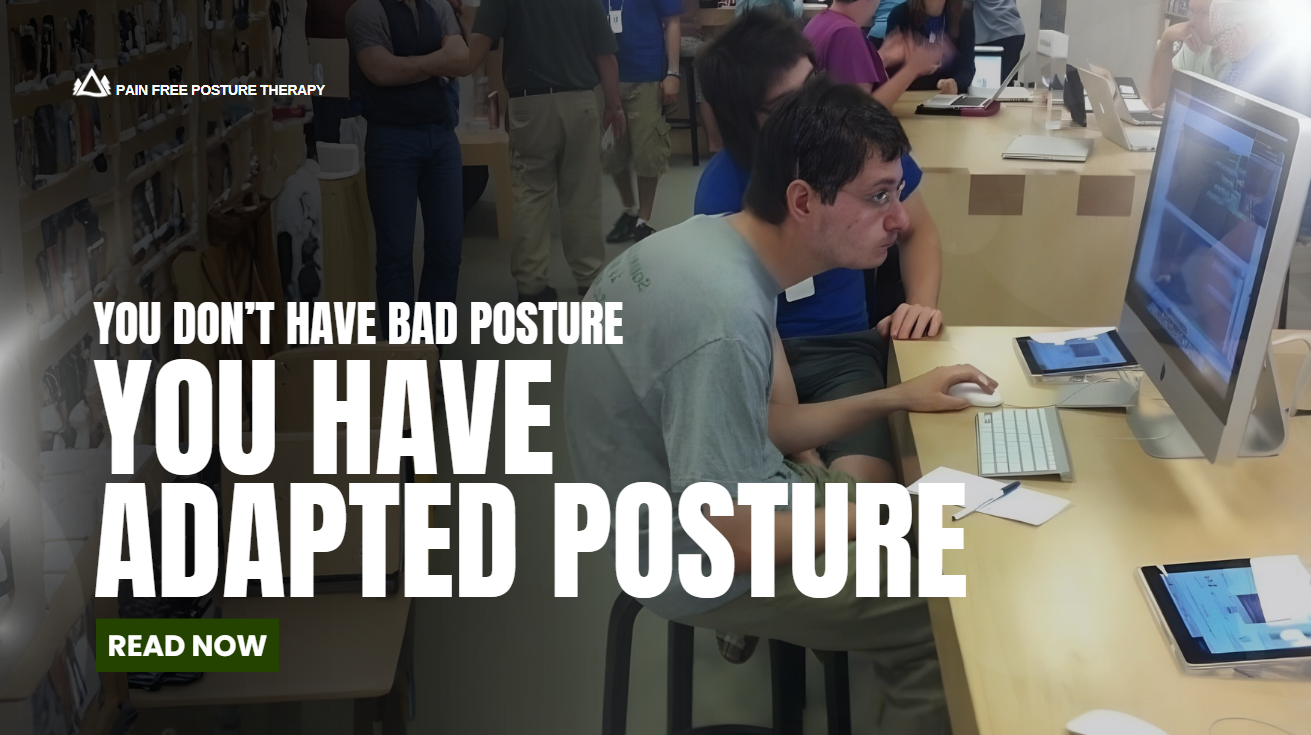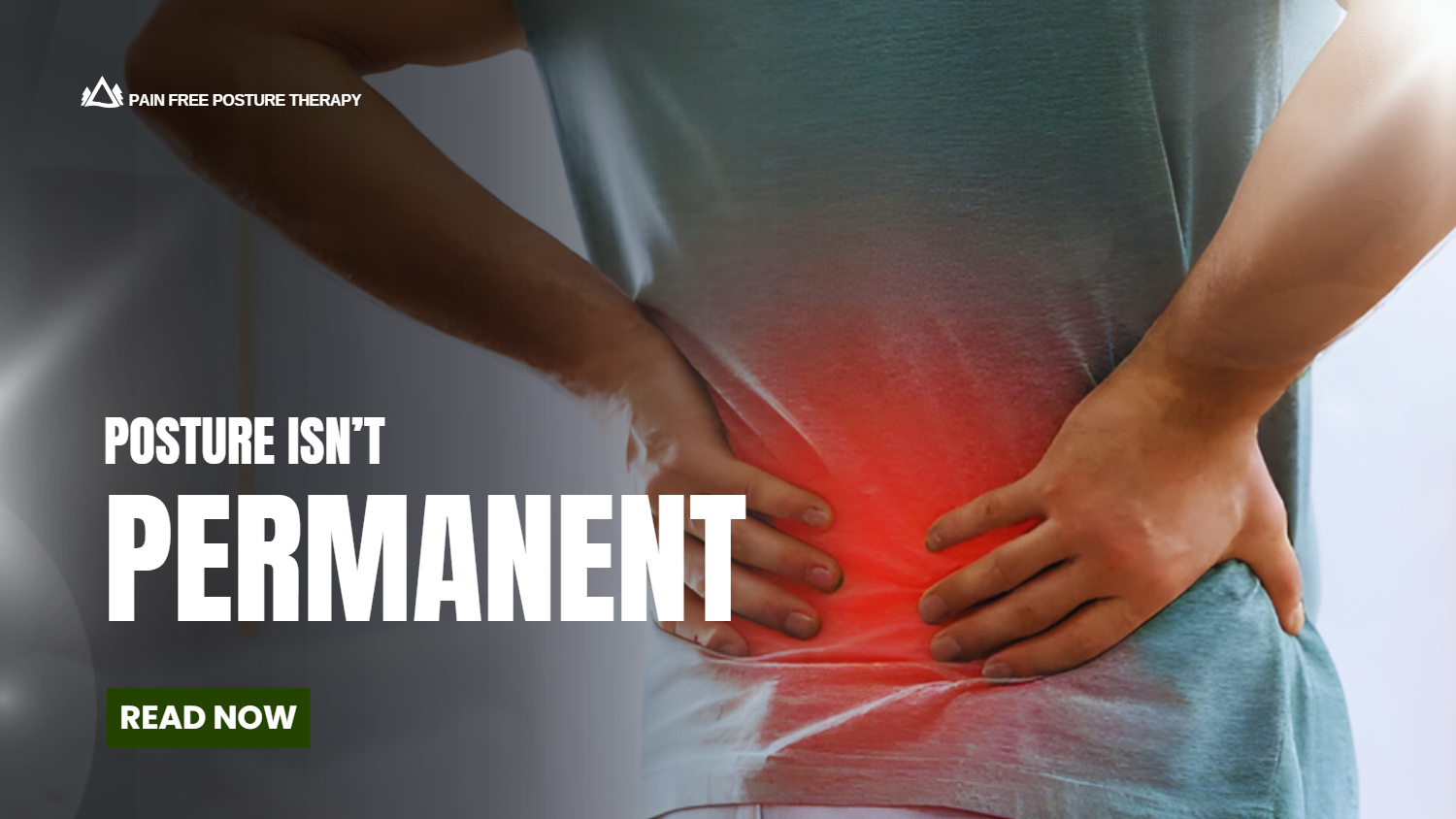Chronic Pain = Chronic Tightness
Relaxed muscles rarely hurt. Teaching your muscles to stop compensating is very important in living a pain free life.
Did you know that chronic pain is often just chronic tightness?
That’s right. Most of the time, a relaxed muscle doesn’t hurt, unless there’s a serious injury. Even in injury, muscles typically tighten to protect the area. So when muscles stay tight long-term, it’s usually because they’re trying to compensate or protect something else in the body.
Maybe a muscle is picking up the slack for a joint that’s unstable. Or maybe it’s guarding an area that’s overworked, misaligned, or simply not functioning well.
This is why we focus so much on deep breathing, staying relaxed, and moving with awareness during exercises. You're not just learning how to activate muscles, you’re also teaching them how to let go when they’re not needed.
Because if those muscles can stop being tight all the time, they can stop hurting all the time.
That’s a big part of why posture therapy helps people feel better quickly, we’re not just “stretching” or “strengthening.” We’re retraining your body to turn muscles on when needed, and off when they’re not.
Serving Colorado from our centrally located office in Westminster and seeing clients from Fort Collins to Colorado Springs, Denver and Boulder, we can also help globally via WebCam such as Zoom or FaceTime.
Anu Lawrence owned Egoscue Method clinics for over a decade before moving to private practice in 2022 and is a certified master instructor in the Egoscue Method, having learned the craft from Pete Egoscue directly.


